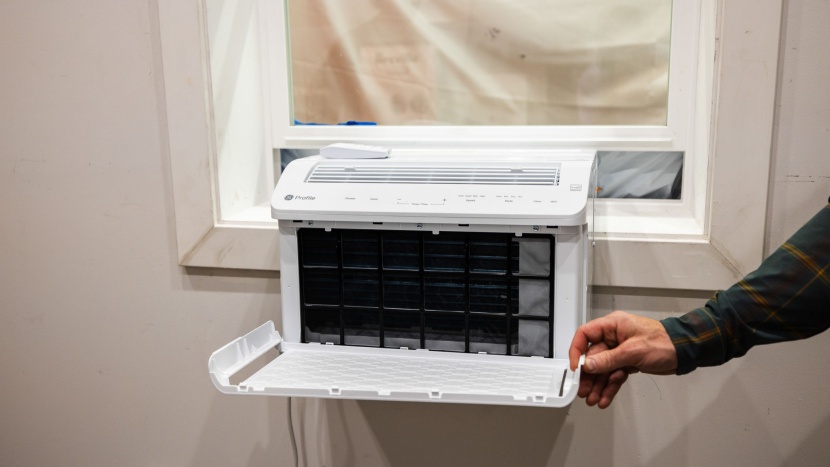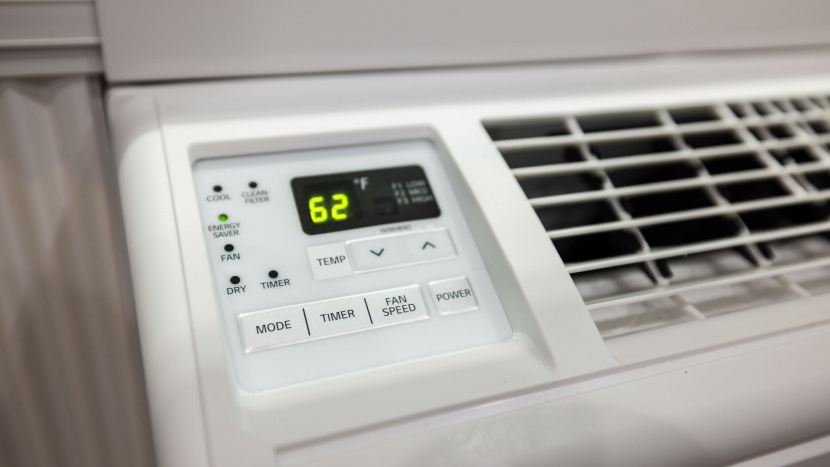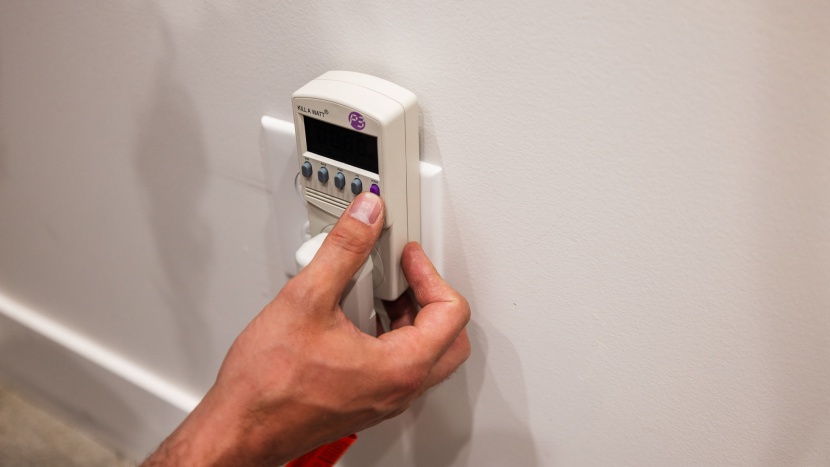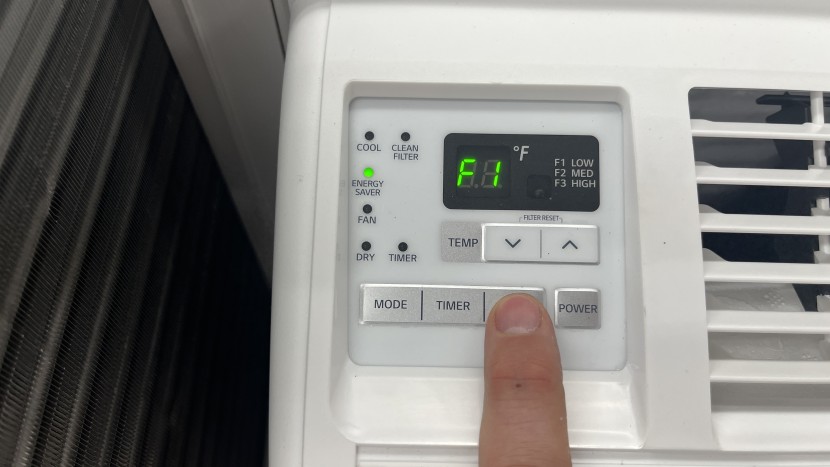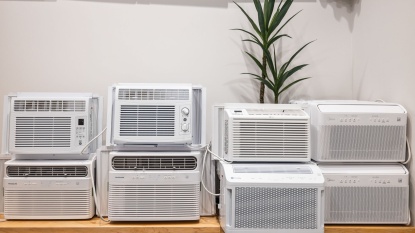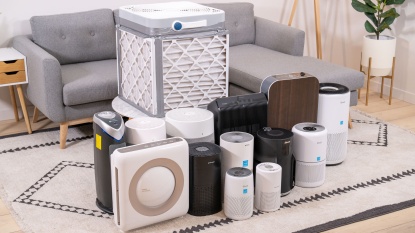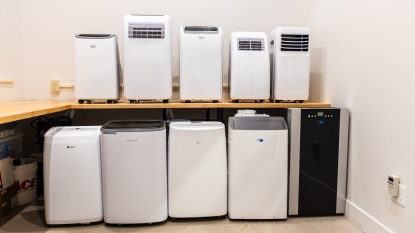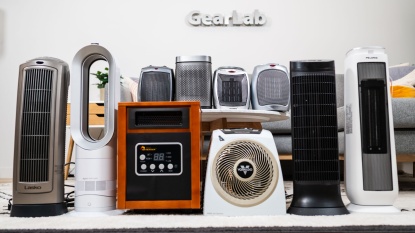A high-quality window air conditioner could be the perfect solution for much-needed relief. Despite its seemingly straightforward nature as a home appliance, it's important to note that not all window units are created equal. We've conducted thorough testing on the leading models in the market to determine the best options. In this buying guide, we cover the essential features to consider before making a purchase. For a deeper dive into our testing, take a look at our comprehensive testing methods. If you're looking for a portable model, see our review of portable air conditioners.
Step 1: How Many BTUs?
When comparing different models, the most important consideration is the BTU (British Thermal Units) or room size rating. BTUs signify the cooling power, or in the context of air conditioners, how effectively a unit can cool a room or extract heat. The initial step in selecting the appropriate BTU rating is determining the square footage of the room you intend to cool. While this calculation can be challenging for oddly shaped rooms, there's no need to worry too much. As a general guideline, an 8,000 BTU unit is suitable for a 200-square-foot room, 10,000 BTU for 300 square feet, and 12,000 BTU for anything larger. While most manufacturers indicate the square footage they are intended to cool and are generally accurate, our product testing did identify some lower BTU units that performed above their pay grade. Other higher BTU units weren't quite as amazing as their manufacturer promised.
Moreover, consider increasing the BTU rating if there are heat sources in the room. For example, rooms with ample sunlight and large windows, kitchens with heat-generating appliances, or an office with multiple appliances and computer towers.
Step 2: Energy Efficiency?
The energy efficiency of a window air conditioner unit has two primary impacts. Cost is the one that many care about, especially when on a more modest budget. Inefficient models are more expensive to operate and offer poor long-term savings over more energy-efficient models, even if the upfront cost of a more efficient model may be higher. A unit with high energy efficiency will consume less electricity summer after summer, resulting in lower monthly energy bills and greater peace of mind when the AC is cranking day after day. Over time, the savings can offset the initial purchase price of that more expensive model that uses inverter technology and is well worth the consideration.
In today's world, with omnipresent discussions and concerns about the climate — many consumers, manufacturers, and regulatory agencies are seriously considering the environmental impact of all energy-consuming appliances. Beyond just regulatory compliance, energy-efficient units are kinder to the environment, as they reduce greenhouse gas emissions associated with electricity generation from nonrenewable sources. Lower energy-consuming models thereby contribute to a more sustainable and eco-friendly choice.
In summary, considering energy consumption when buying a window air conditioner unit is essential for cost savings and energy efficiency. Even if some of the most efficient models have a higher upfront cost, they could be worth considering for their long-term savings and lower impact on the climate.
Step 3: Convenience Features?
If you are simply trying to cool a one-room hunting and fishing cabin in the later summer, a simple knob-operated unit may suffice. However, in a more modern home where a parent may be interested in managing the temperature in a nursery, home office, or server room, WiFi-connected models, smart apps, and integration with services like Amazon Alexa and Google Assistant are incredibly useful.
While only a few models offer WiFi connectivity and smart apps, remotes and digital displays are very common. Some remotes are a little more robust than others and offer greater control over a unit. Additionally, you'll want to consider whether or not a unit has air direction adjustments or if the airflow is fixed vertically or horizontally. Other features that may matter, especially in a nursery or child's room are child safety locks, which aren't present on all models and timers, that can help you get a room ready for when kids are about to get home from daycare or school.
Lastly, while it may seem obvious, The available modes, settings, and temperature display should be considered, as not all models are equal. Some models don't clearly indicate the temperature setting or mode, opting instead to offer a scale of 1 to 10 instead of target temperatures, and modes may not be obvious without referencing a manual.
The best model with a killer smart app and remote operation may be great for younger tech-forward adults, but many older folks may find the integration of so much technology to be 'less convenient' than a simple remote or even knobs.
Step 4: Installation
Finally, the last thing to consider when selecting a window air conditioner unit is whether or not it is a project you are ready to handle. Some window air conditioner units are fairly straightforward and more or less rest on the window sill, while others require the installation of a supporting bracket. While an additional mounting bracket isn't exceptionally difficult to install, it may be better for those who are more mechanically inclined. Window air conditioner units can also range from around 35 pounds to over 70 pounds, and the heavier units can be difficult to lift and install alone. At a minimum, if you are less mechanically inclined or buy a heavier unit, then plan to have help the day you install it. With those considerations noted, most units are easy to install and can be done within an hour or even half an hour.
Conclusion
Hopefully we've empowered you with a checklist of what to look for in the ideal window air conditioning option for your home. If you're interested in our test results on window air conditioners, check out our best window air conditioner review.


